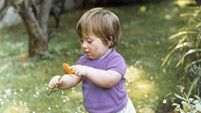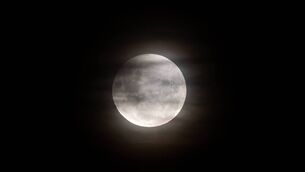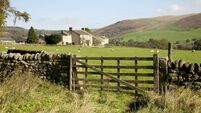Waking up to the warmth of Andalucia
For some reason, they insist upon stripping our landlord’s small tree when trees are weighed down with fruit a few wing-beats away. Cherries look lovely in the bright Andalucian sun, shining like garnets or rubies in the dark foliage of the trees. We have an ancient tree on our lawn at home and this year it produced cherries for the first time in years.
Jays are one of the few birds regularly seen here in the Sierra Nevada in southern Spain. Birds are scarce anyway and hard to spot at this time of year. The highlands are burnt, bare and birdless while the ravines are so crammed with extravagantly-leafed trees and scrub that its impossible to see the few birds flitting about in them. However, this morning we watched a Bonelli’s eagle circling in the blue vault above the house as we breakfasted outside.














